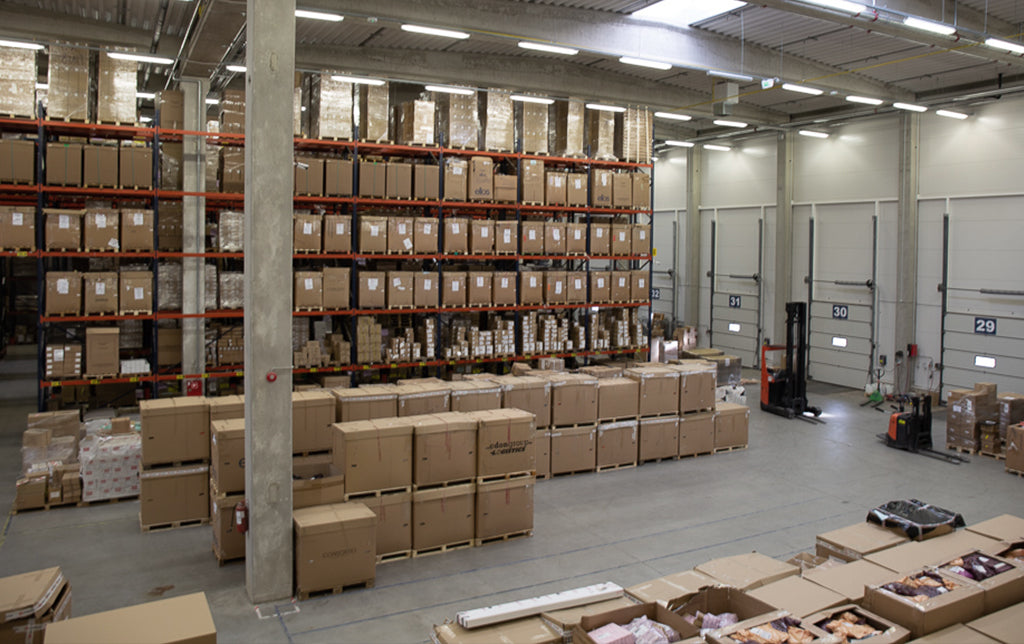
Product distribution companies in Estonia
Estonia has a dynamic and well-established market for product distribution companies that handle a wide range of goods, including electronics, fashion, food, pharmaceuticals, and more. These companies are essential for ensuring that products reach consumers efficiently and reliably, catering to both domestic needs and export demands. Estonia’s strategic location in Northern Europe, combined with its advanced digital infrastructure and logistics capabilities, makes it a prime hub for product distribution, particularly for the Baltic and Nordic regions.
1. Role of Product Distribution Companies in Estonia
Product distribution companies in Estonia play a crucial role in the supply chain. They bridge the gap between manufacturers and retailers, ensuring that goods are transported, stored, and delivered effectively. Many companies specialize in specific sectors, such as food and beverages, electronics, and pharmaceutical products, allowing them to meet unique requirements and comply with sector-specific regulations. For example, pharmaceutical distribution companies adhere to strict handling and storage guidelines to ensure product safety and integrity.
In addition to traditional distribution methods, Estonian companies are increasingly embracing digital solutions. This includes the use of real-time tracking systems, automated warehouses, and e-commerce integration. Estonia’s government has heavily invested in digital infrastructure, fostering an environment where companies can leverage these tools to enhance efficiency and transparency in their distribution processes.
2. Key Distribution Channels
Estonian distribution companies utilize a variety of channels to reach customers. This includes wholesalers, retailers, and direct-to-consumer (D2C) e-commerce platforms. With the rapid growth of e-commerce, many distributors now focus on supporting online retailers and managing logistics for digital marketplaces. Additionally, the Estonian market benefits from cross-border distribution channels, especially within the EU, which allows for smooth and tariff-free movement of goods across borders.
3. Logistics and Infrastructure
Estonia’s logistics infrastructure is highly developed, with access to major shipping routes, well-maintained roads, and efficient rail systems. The country’s largest port, the Port of Tallinn, is a key entry and exit point for goods, making it a significant hub for companies distributing products throughout the Baltic region. Many companies also use Estonia’s extensive rail network to connect to Russia and other parts of Eastern Europe, providing additional export channels.
The Estonian government supports logistics innovation through initiatives like the e-Estonia program, which promotes the use of digital tools to streamline operations. For instance, Estonian companies use digital invoices, e-signatures, and real-time customs procedures to reduce paperwork and delays, thus enhancing the speed of distribution.
4. Notable Product Distribution Companies in Estonia
Several Estonian companies are leaders in product distribution. Baltic Logistic Solutions is a prominent player that specializes in warehousing, transportation, and order fulfillment across the Baltics. They provide solutions for food, fashion, and electronics sectors, leveraging advanced warehousing systems. Another major company is Ober-Haus Logistics, which focuses on real estate and warehousing services to facilitate large-scale distribution projects.
NG Investeeringud is one of the largest distribution groups in Estonia, with subsidiaries in various sectors, including retail, wholesale, and logistics. They handle popular brands and products, particularly in the grocery and household goods segments. Their extensive distribution network and partnerships with international brands allow them to serve both Estonian and neighboring markets efficiently.
5. Challenges and Opportunities
While Estonia offers numerous advantages for distribution companies, challenges remain. The relatively small population limits the domestic market size, so companies often look beyond Estonia for growth. Moreover, rising fuel and transportation costs can impact margins. However, Estonia’s commitment to digital innovation continues to open new opportunities, especially in automation and data-driven logistics.
In summary, Estonia’s product distribution sector is robust, benefiting from strong infrastructure, digital advancements, and a strategic location. The country’s distribution companies are well-positioned to serve local and international markets, supported by a progressive government and advanced logistics capabilities. As e-commerce grows and supply chains become increasingly digital, Estonian distribution companies are likely to remain competitive and play an integral role in the region’s economy.




Leave a Reply